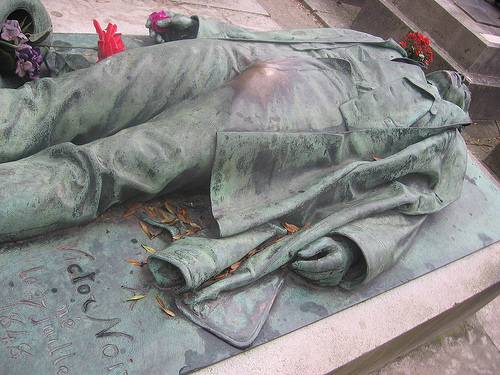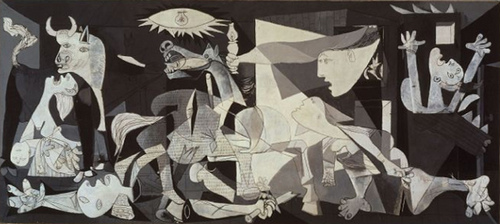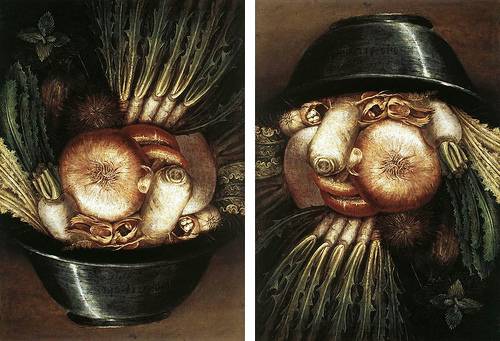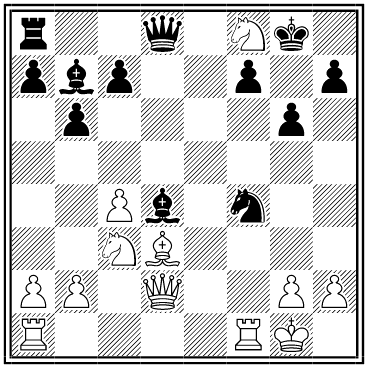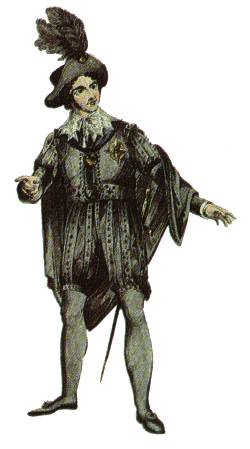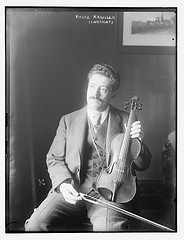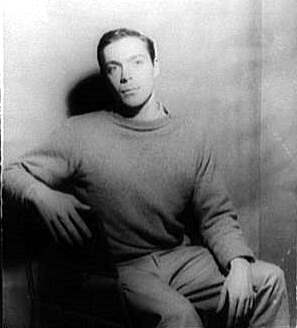The Musical World of London, Nov. 28, 1874, reports a surprising project — apparently a Massachusetts composer set the entire American constitution to music:
The authors of the Constitution of the Union thought more of reason than of rhyme, and their prose is not too well adapted to harmony, but the patriotic inspiration of Mr. Greeler, the Boston composer, overcomes every difficulty. He has made his score a genuine musical epopœia, and had it performed before a numerous public. The performance did not last less than six hours. The preamble of the Constitution forms a broad and majestic recitative, well sustained by altos and double basses. The first clause is written for a tenor; the other choruses are given to the bass, soprano, and baritone. The music of the clause treating of state’s rights is written in a minor key for bass and tenor. At the end of every clause, the recitative of the preamble is re-introduced and then repeated by the chorus. The constitutional amendments are treated as fugues and serve to introduce a formidable finale, in which the big drum and the gong play an important part. The general instrumentation is very scholarly, and the harmony surprising.
The music has been lost, but it would be out of date now anyway — we’ve added 12 amendments since then.

